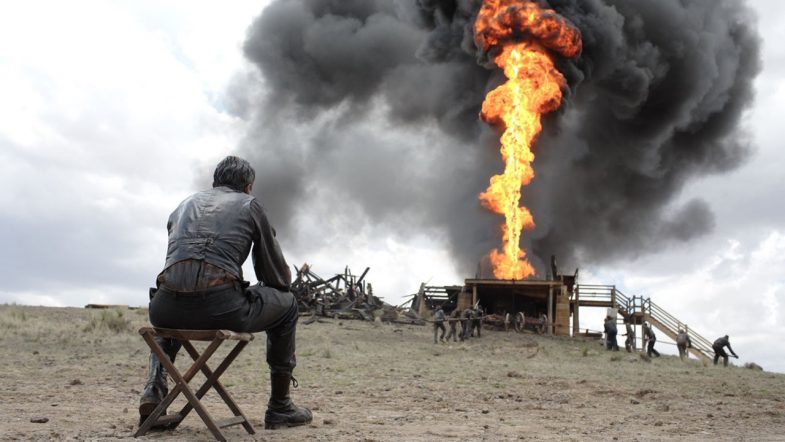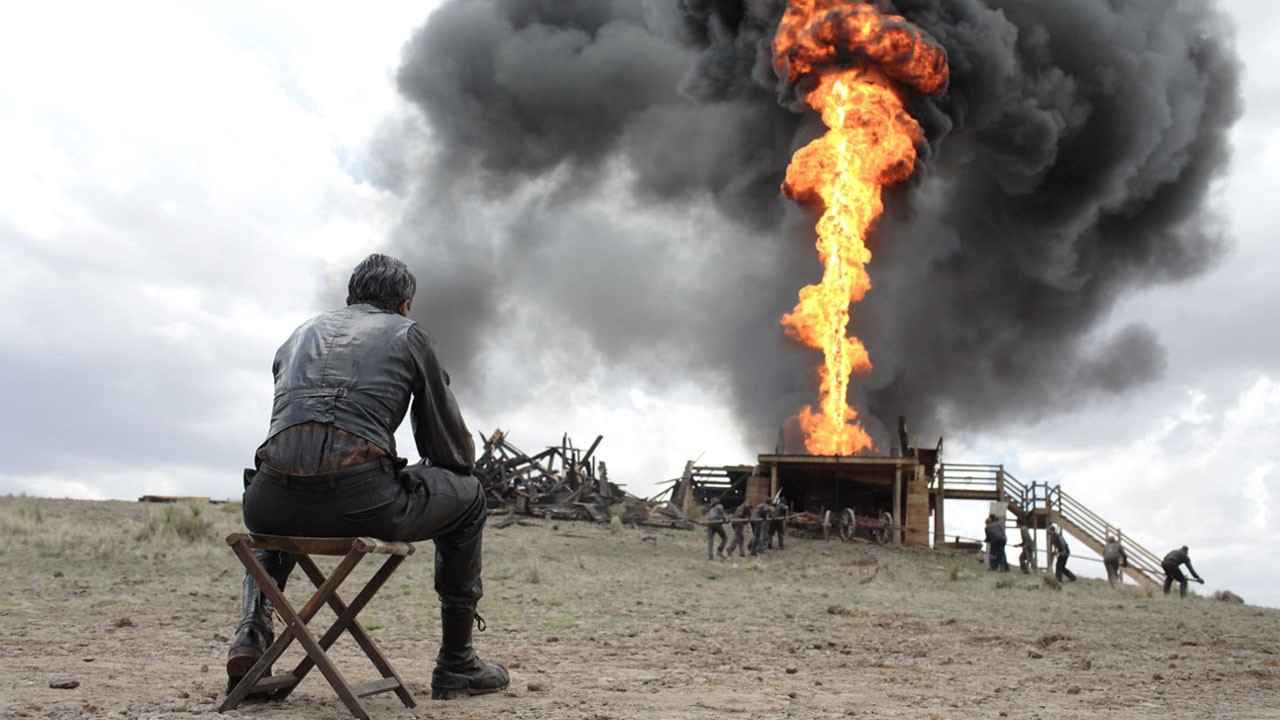
There is always hope. My father always spoke of this, when the light was gone, and you were struggling in the dark night that we all face at one time or another, there is always hope. In this business of exhibition, we have been beset by a perfect storm of indifference by the studios, manipulation of the streamers, and of course my friend and yours, COVID.
One of the things that strikes me is that in the whole of our Western society we seem to suffer from a profound lack of moral and political leadership. I think this also applies to the bodies that claim to advance the interests of exhibitors. I think the intent is there but not just the ability or the perspective of what is truly going on. At some point, you must begin to wonder if you work within one of those organizations, is my job safe? I think in the end that is what drives most people. You cannot serve the needs of large multi-nationally owned movie circuits and the independent theater at the same time. They are two distinct types of entities who have unique needs and perspectives. At some time, you make the call to serve one or the other. These industry organizations are too widely focused to help you. They are awash with a stifling bureaucracy and are terrific when it comes to dealing with government, but have limited capability to deal with business issues.
If you think the studios are going to help you, you are mistaken. Disney is going to pour all of its titles into Disney + and when the year long free membership for Verizon members go away, then the tale will be told. Disney is going to advance its membership by any means possible in order to buttress the hit it’s about to take. My wife has already announced that we are not going to pay for this service. Disney + is finding it is necessary to place all of its resources into the streaming world and to restructure the entertainment division to solely serve streaming.
What I feel is that the days of wide releases are over, and in reality that’s a good thing. This industry has been over inflated. “Jaws” was released initially onto 600 screens, then expanded to 900. Prior to COVID, a release was often 3500 screens. Between 1977 and 2020 the population went up from 220 million to 331 million. In order to keep the market at the level of excitement that we saw with “Jaws”, we would have to take the largest picture and release onto no more than 1350 screens. This industry was overbuilt, became over blown, and without thinking diluted the public’s perception of movies as an event, something in limited supply that you just had to see. Lines at one times circled blocks, as you drove by looking for parking you worried about getting in. Movies were not a commodity they were something to get excited about, they were a happening.
I used to love standing in lines and listening to the conversations that surrounded me. They were all talking about movies; dispensing wisdom and perspective. As a professional smart ass, I would often roll my eyes as some would be a Roger Ebert pontificating on one thing or the other. I relished the scene in Woody Allen’s “Annie Hall” when one particular verbose customer was lecturing his date on the Canadian media theorist Marshall McLuhan and Allen pulls out the man himself, Marshall McLuhan and gleefully, McLuhan immediately starts to berate the would-be philosopher.
It was great and, in many ways, magical. There was a palpable excitement about going to the movies. There was a large ad for any new release in Thursday’s entertainment section and there was a huge wanna see. In the town I lived in “The Pom Pom Girls” played for one year, three hours north, Sam Peckinpah’s “Ballad of Cable Hogue” made all of its production cost back from one screen. Brian DePalma’s “Phantom of The Paradise” played in Winnipeg Canada for two years.
So how do we make movies special again? Here are my thoughts. In 1977 in the month of April 12 movies were released by studios, that right 12. In May, 11, including the original “Star Wars”. In July of 1977, the studios released 15 movies. We need to prime the pump again and what is required is probably 12 new titles a month, each limited to a release of about 1000 screens. Most of these movies will not be breakthroughs, but one or two will be. Those one or two picture if they have a proper theatrical window and some clever social media campaigns behind them can have the ability to attract audiences.
One thing the theaters must do is to focus on the youth market initially. This is the demographic which is less impacted by the fear inflicted by the Pandemic. There is a chance we have lost the older audiences for a long period of time.
The studios are divorcing themselves from the business of exhibition. Exhibitors must partner with producers and develop their own cooperative studios. These theaters should also start to acquire movies and also ally themselves with streaming services like MUBI to insure that a streaming service works in tandem with the theaters, assuring theaters the necessary windows to put back in place a cinematic ecosystem that works.
There must be a separation from the thinking that Regal pioneered inflating concessions and ticket price in order to compensate for declining admissions. All that counts for the next little while is getting butts in seats, as many butts in social distanced seats as you can.
We have to seduce a younger audience to come back to the theater. I am recommending 120 movies be released a year, that these movies be skewed towards younger audiences and finally that we stop focusing on gross dollars and start focusing on cumulative attendance.
There are rumors floating around that Netflix has agreed to pay $600 million for the latest Bond installment. Coming on the heels of the waves of nostalgia regarding the career of Sean Connery, this is terribly sad.
It is time to prime the pump of exhibition again.

